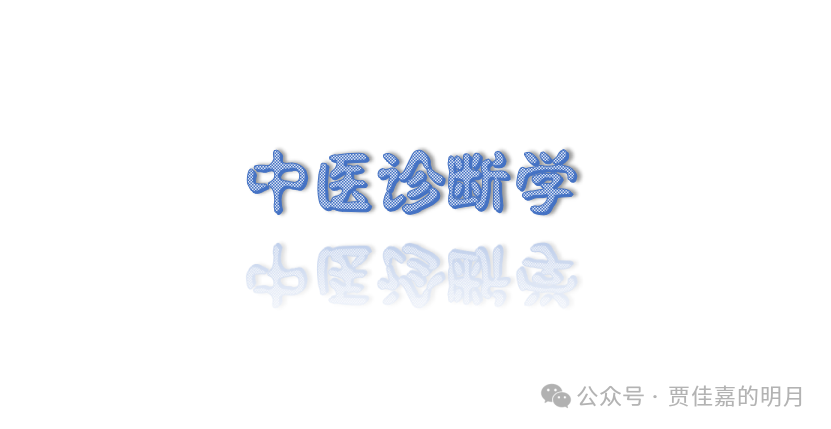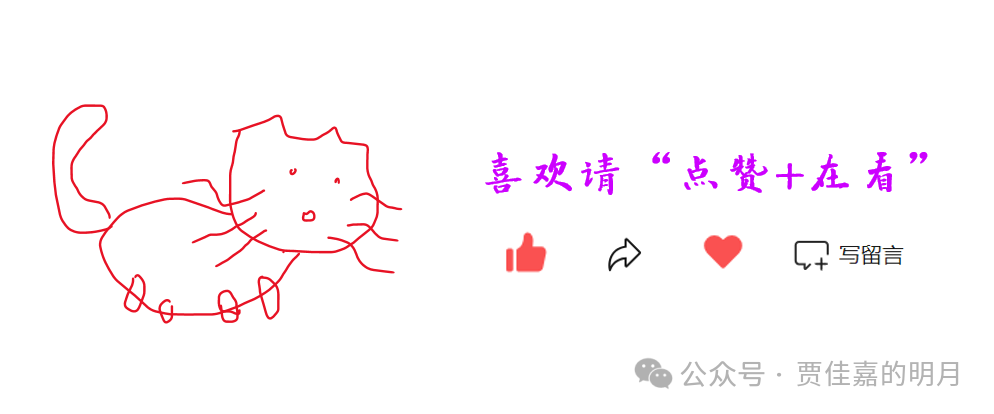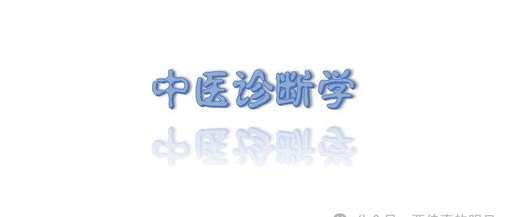
滑脉 (Hua Mai – Slippery Pulse)
Pulse Characteristics: The pulse is smooth and flowing, resembling beads rolling on a plate. The pulse shape should be round and smooth like a pearl, with an extremely fluid motion, giving a sensation of rolling from the wrist to the fingertips, known as the slippery pulse.
According to Diagnosis and Treatment Essentials: “The slippery pulse is smooth and flowing, resembling the shape of rolling beads, indicating the presence of moisture and phlegm.”
Significance: Indicates excess phlegm-dampness, food stagnation, and heat accumulation.
Mechanism:
According to Su Wen: Essentials of Pulse Diagnosis: “The slippery pulse indicates an excess of Yin Qi.”
Phlegm-dampness accumulation, food stagnation, and internal heat lead to an excess of Yin pathogens, causing Qi and blood to surge, resulting in a smooth and flowing pulse without obstruction. Heat pathogens can affect the blood, accelerating blood flow, which also presents as a slippery pulse, but must be accompanied by other signs.
According to Supplementary Notes on Pulse Diagnosis: “The slippery pulse indicates an excess of Yang Qi, often associated with heat conditions.”
In a healthy individual, a smooth and gentle pulse indicates a well-nourished body, commonly seen in young and middle-aged adults. In women of childbearing age, a slippery pulse may indicate the possibility of pregnancy.
Similar Pulses
动脉 (Dong Mai – Moving Pulse)
Pulse Characteristics: The pulse is bean-shaped, slippery, rapid, and fluctuating, especially pronounced at the joints. It exhibits characteristics of short, slippery, and rapid pulses, with a noticeable pulse beat at the joints, resembling a shaking bean.
According to The Pulse Classic: “The moving pulse is felt at the joints, without beginning or end, and is as large as a bean, fluctuating and shaking.”
Significance: Commonly seen in cases of fright and pain.
Mechanism: The conflict between Yin and Yang leads to disharmony in ascending and descending Qi and blood, causing the pulse to fluctuate with the movement of Qi and blood. Pain causes Qi stagnation, leading to disharmony between Yin and Yang, resulting in a pulse that is rapid and agitated, presenting as a short and slippery moving pulse.
According to Bin Hu’s Pulse Studies: “The moving pulse is specifically associated with pain and fright.”
涩脉 (Se Mai – Choppy Pulse)
Pulse Characteristics: The pulse is thin and slow, with a rough and uneven flow, indicating a lack of smoothness. The pulse is relatively thin, with a sluggish and choppy rhythm, extremely unfluid, and the pulse strength is uneven, often irregular. “Like a light knife scraping bamboo.”
Significance: Indicates Qi stagnation, blood stasis, phlegm retention, and deficiency of essence and blood.
Mechanism: Qi stagnation, blood stasis, phlegm turbidity, and retained food lead to obstruction in the pulse pathways, causing Qi to be unimpeded and blood flow to be blocked, resulting in a choppy pulse. When the pathogenic factors are strong, the pulse is choppy but strong; when the body is weak, the pulse is choppy and weak.
Deficiency of essence and blood, and depletion of body fluids, fail to nourish the pulse pathways, leading to a loss of moisture over time, causing the pulse to become choppy and weak. A strong choppy pulse indicates a full condition; a weak choppy pulse indicates a deficiency condition.


